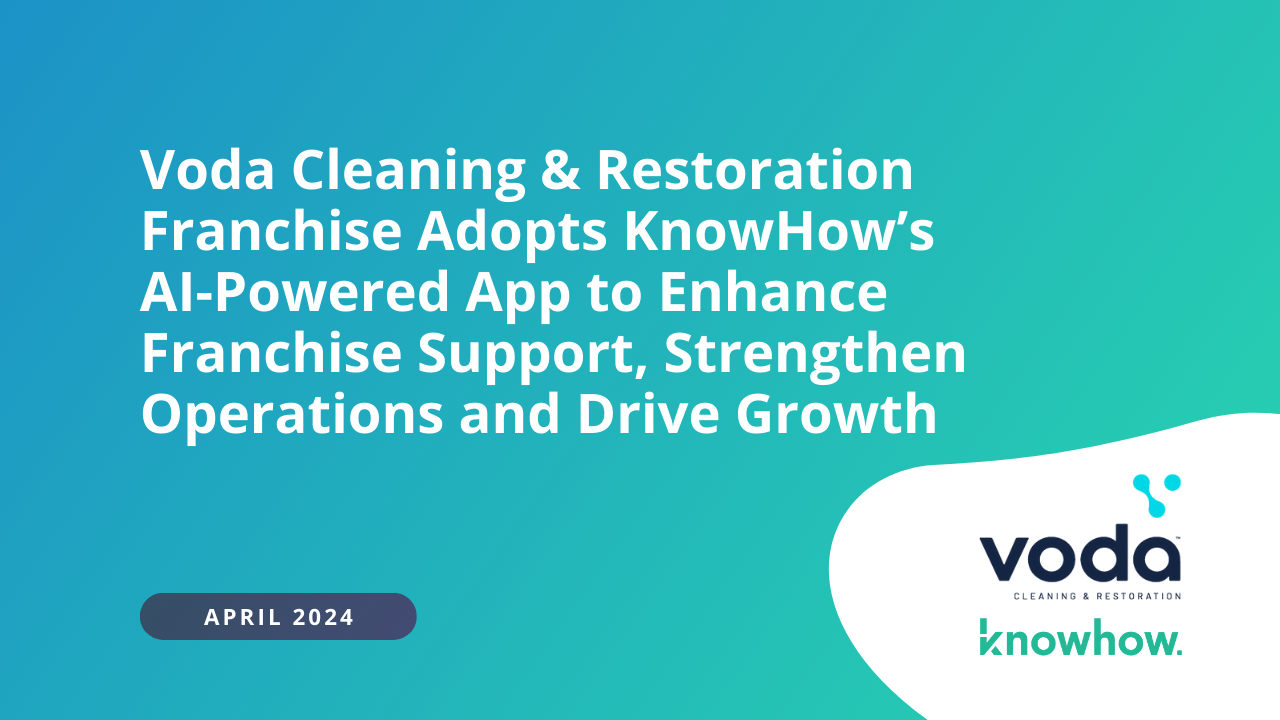
How to Keep You, and Your Employees Safe in the Restoration Industry



As employees and business owners working in the restoration and construction industries, we are all well aware of the many dangers and risks associated with working on a job site.
Priority number one for anyone working in this field is to make it home safe. As a result, it is quite common for business owners to implement countless safety policies and guidelines, but the unfortunate truth is at the end of the day, not everyone follows them, or is even made aware of them. In our recent KnowHow webinar, we sat down with safety experts Allan Macdonald, Owner of Industrial Employee Safety, and Daniel Kempling, Safety Coordinator at County of Northern Lights.
Over the course of our 50 minute webinar, these two industry vets unpacked what it means to stay safe on the job site, how to implement and develop restoration safety programs, and why having the tools to communicate safety guidelines is so important.
How to Keep Employee Attention In Safety Meetings
We’ve all been to those morning safety meetings, where we’re more focused on sipping our warm coffee to help us wake up than what the foreman or safety coordinator is saying.
It’s a challenge as old as time in this industry. How do we keep our employees engaged and focused during a safety meeting? More often than not, information is lost in translation when employees aren’t engaged during safety meetings, and that can lead to catastrophic mistakes. In order to keep employees focused during these meetings, it’s a good idea to keep the information timely. Don’t just read paragraphs from a manual you have memorized, take what’s happening on the job site at that moment or in those few days, and really dig into those examples and experiences. Educate using real, hands-on examples that have happened to you, or your employees in the recent past.
Diving into the ‘why’ behind safety is another great way to keep employees engaged. Taking that extra 5 minutes to explain, “Why is this substance dangerous?”, “What are the effects this will have on my body?”, “What can happen if I don’t wear this piece of safety equipment?”.
A great strategy our panelist Daniel Kempling uses to ensure his employees are staying focused and engaged is implementing competency checks, and including questions like the ones outlined above that were touched on in the safety meetings. This ensures employees are paying attention during safety meetings because they know they’ll be asked about it at a later date.
As Daniel says, “It helps people understand the principles of why they do what they do”. It’s one thing to discuss all of these safety aspects during morning meetings, but it’s another thing to implement those learnings into real, effective, and consistent training.
What Does Regular Safety Training Look Like?
The implementation of regular safety training starts every second of every day. From morning meetings, to inspections, to site visits, every one of those is a teachable moment to implement safety training. It’s especially important to educate your leads on the importance of restoration safety because it starts with those guys on the front lines of the job site being role models for the other employees.The most common form of safety training usually looks like a group of employees sitting in a boardroom for 6 hours listening to a powerpoint presentation. That method is great if your goal is to bore your employees and not soak up any information.
People learn most effectively when they get to take what they’re being taught in those powerpoint slides and apply it directly to the job site. Taking some of that 6 hour learning and moving the team outside and into a job site to put in to practice some of the things discussed in the classroom will undoubtedly lead to more information being retained. Our panelist Allan Macdonald uses the example of teaching about harnesses: when he teaches classes about harnessing yourself safely for jobs that require it, he makes his students run through the motions right from the beginning. As a result, you have employees who are excited about learning safety, and you have a safer job site.
Implementing some regular hands-on learning into your regular safety training is beneficial for everyone. KnowHow moderator Zac summed it up nicely, “Watch one, do one, teach one”.
Why is it so Hard to Get Employees to Follow Safety Policies?
It’s difficult to get inside the mind of our employees, but the most logical reason employees don’t follow safety policies is that often they’re just not that important to them. Safety is not front of mind for most people until something truly bad happens to them, or someone they know. Until that time, it’s easy to sweep it under the rug and not think about it.
It’s also common in the restoration industry, especially when hiring new employees, that they might be “stuck in their ways”, so to speak. You might have an individual who has done something a certain way for 25 years, and they don’t feel unsafe ever, or they don’t understand why they have to suddenly change their ways and do it this way, or that way. They don’t buy into the policies.
That comes down to the Foreman, or Safety Coordinator to ensure they do buy in, and believe in the importance of safety policies in place. To do that, it goes back to the importance of making it matter to the employee. Bring up some real world examples, because those will stick in people's minds.
How KnowHow Helps Restoration Teams Stay Safe
Implementing safety programs and ensuring employees are following them consistently can save lives on the job site. Businesses struggle with ensuring their employees are in compliance to their guidelines, especially when it comes to safety.
KnowHow is a software dedicated to helping companies in the restoration and construction industry build the necessary templates and processes they need to make finding, and following, guidelines easier for your employees.
KnowHow has how-to templates for everything restoration and construction related. From safety, sales, and marketing, to disaster clean-up, disinfection, and interviewing. For more information about KnowHow, book a demo with our CEO. For updates about upcoming webinars, and other exciting KnowHow content, follow us on Twitter, LinkedIn, and Facebook.
You can also find us on the Apple App and Google Play Stores!









